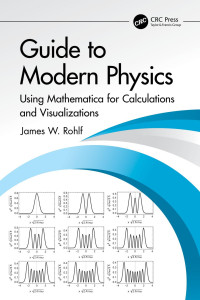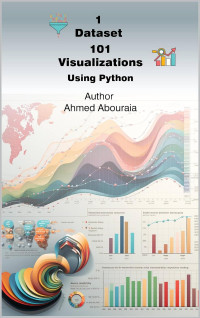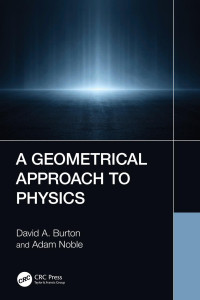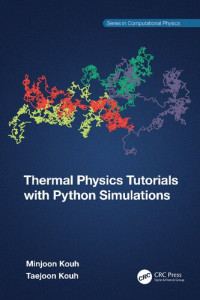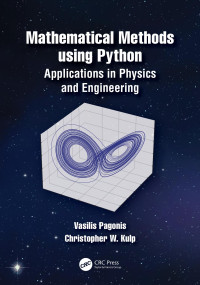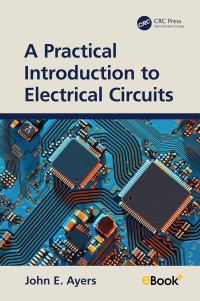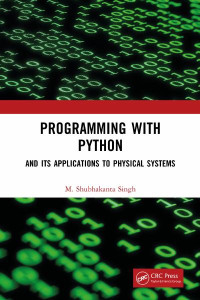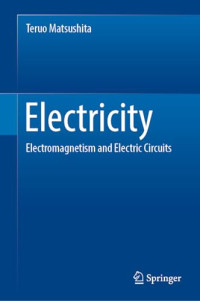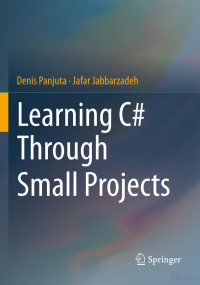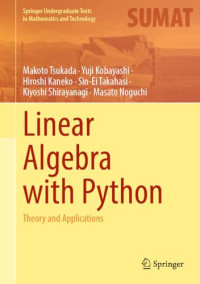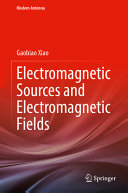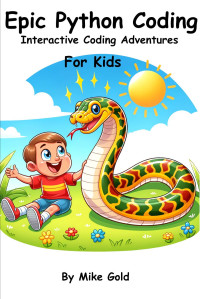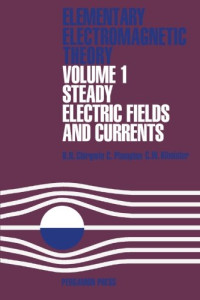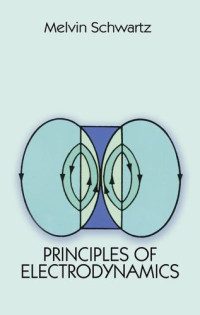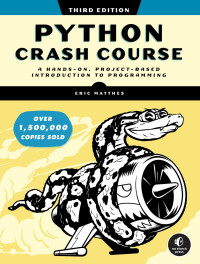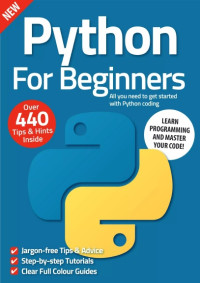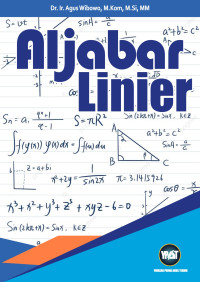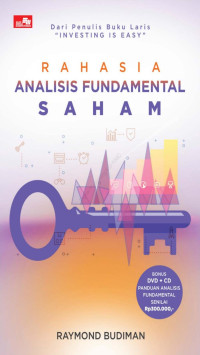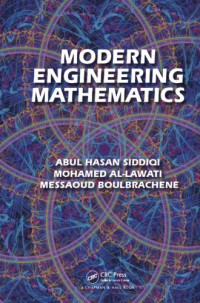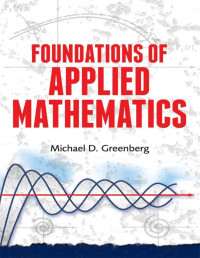
Electrodynamics Tutorials with Python Simulations
Taejoon Kouh & Minjoon KouhThrough intuition-building examples and visualizations in the Python programming language, it helps readers to develop technical computing skills in numerical and symbolic calculations, modeling and simulations, and visualizations. Python is a highly readable and practical programming language, making this book appropriate for students without extensive programming experience.
This book can serve as an electrodynamics textbook for undergraduate physics and engineering students in their second or third years, who are studying intermediate- or advanced-level electrodynamics and who want to learn techniques for scientific computing at the same time. This book will also appeal to computer science students who want to see how their computer programming skills may be applied to science, particularly to physics, without needing too much background physics knowledge.
Key features
• Major concepts in classical electrodynamics are introduced cohesively through computational and mathematical treatments.
• Computational examples in Python programming language guide students on how to simulate and visualize electrodynamic principles and phenomena for themselves.
 Amazon
Amazon  Barnes & Noble
Barnes & Noble  Bookshop.org
Bookshop.org  File converter
File converter More search results
More search results More benefits
More benefits 